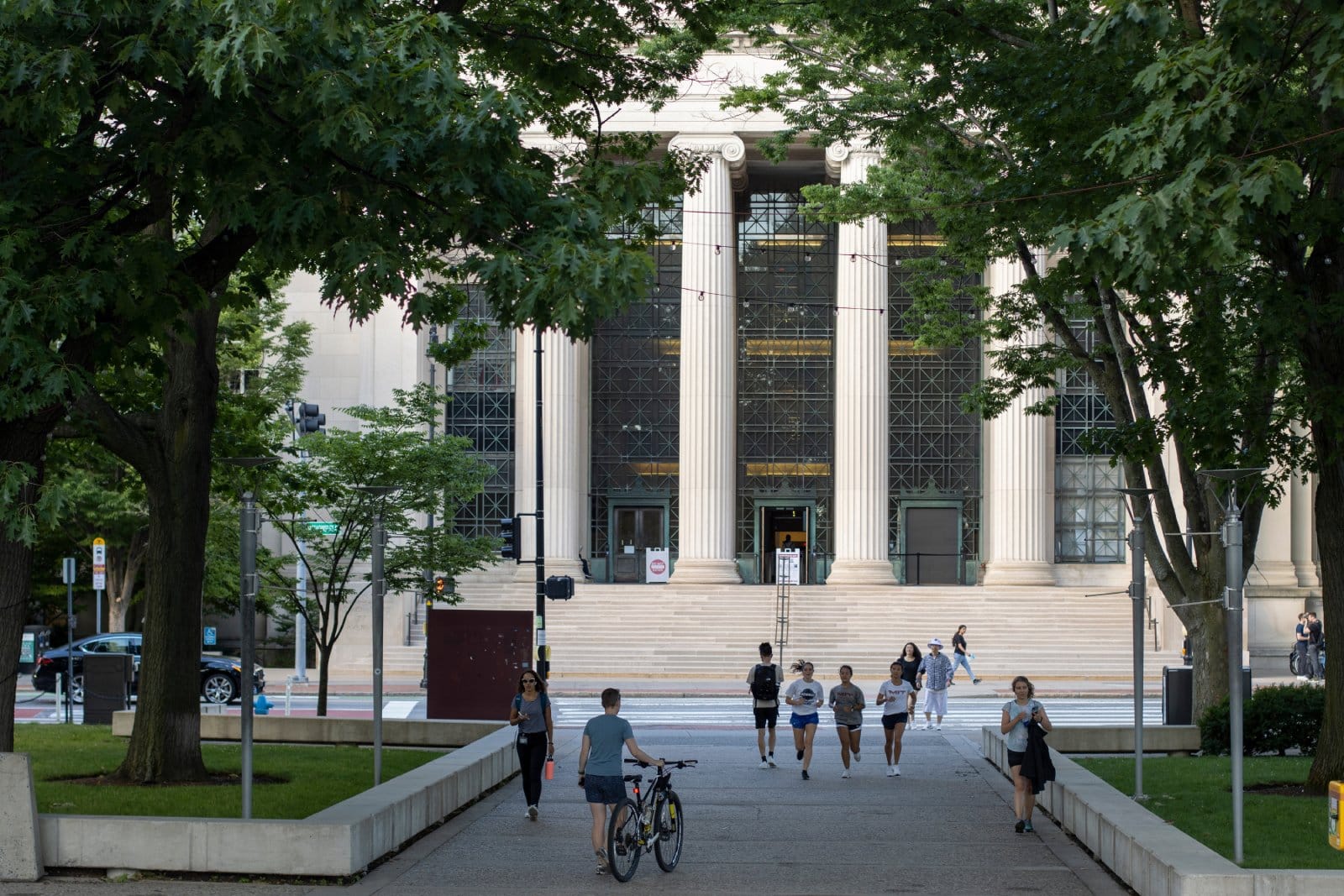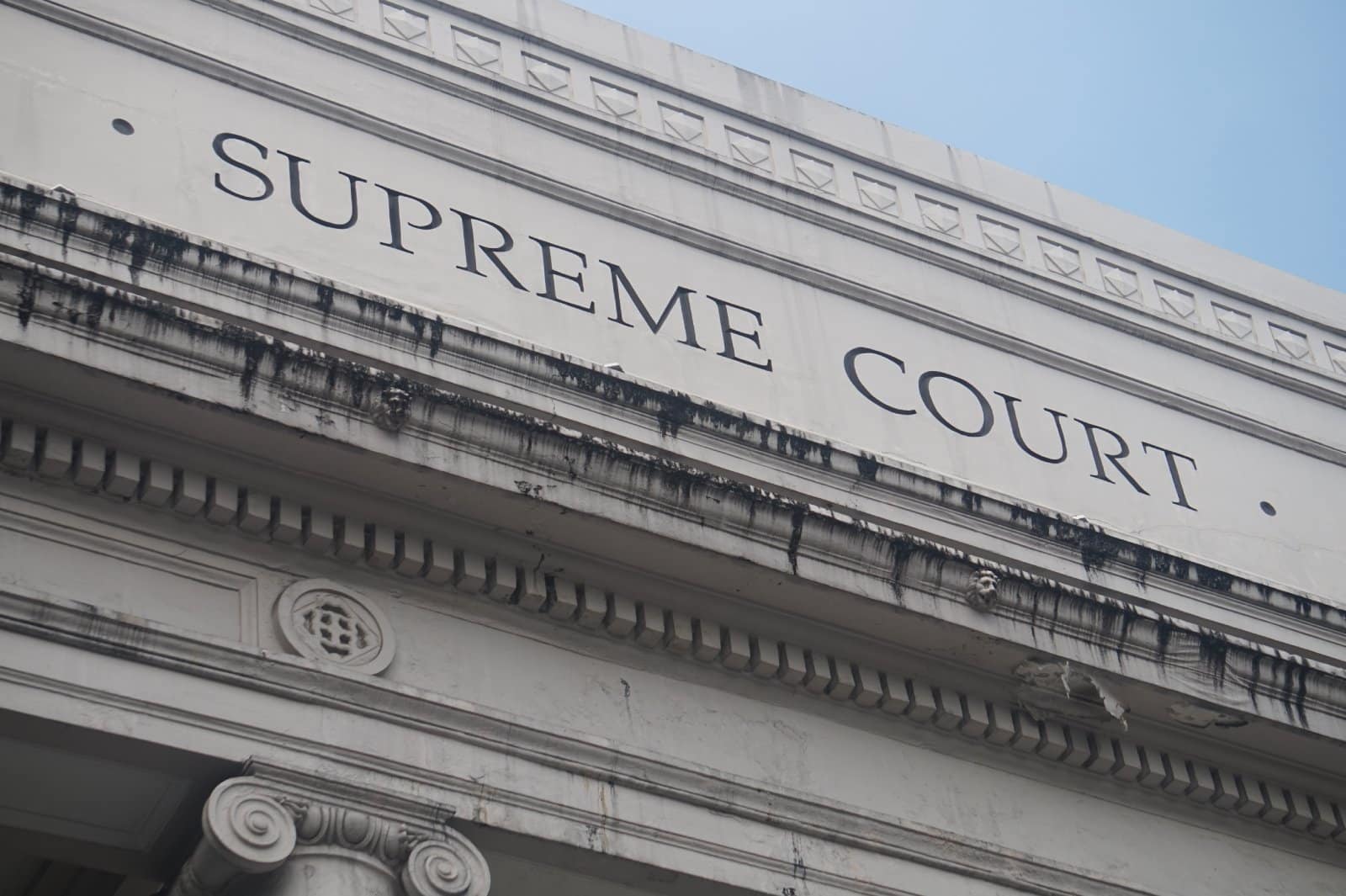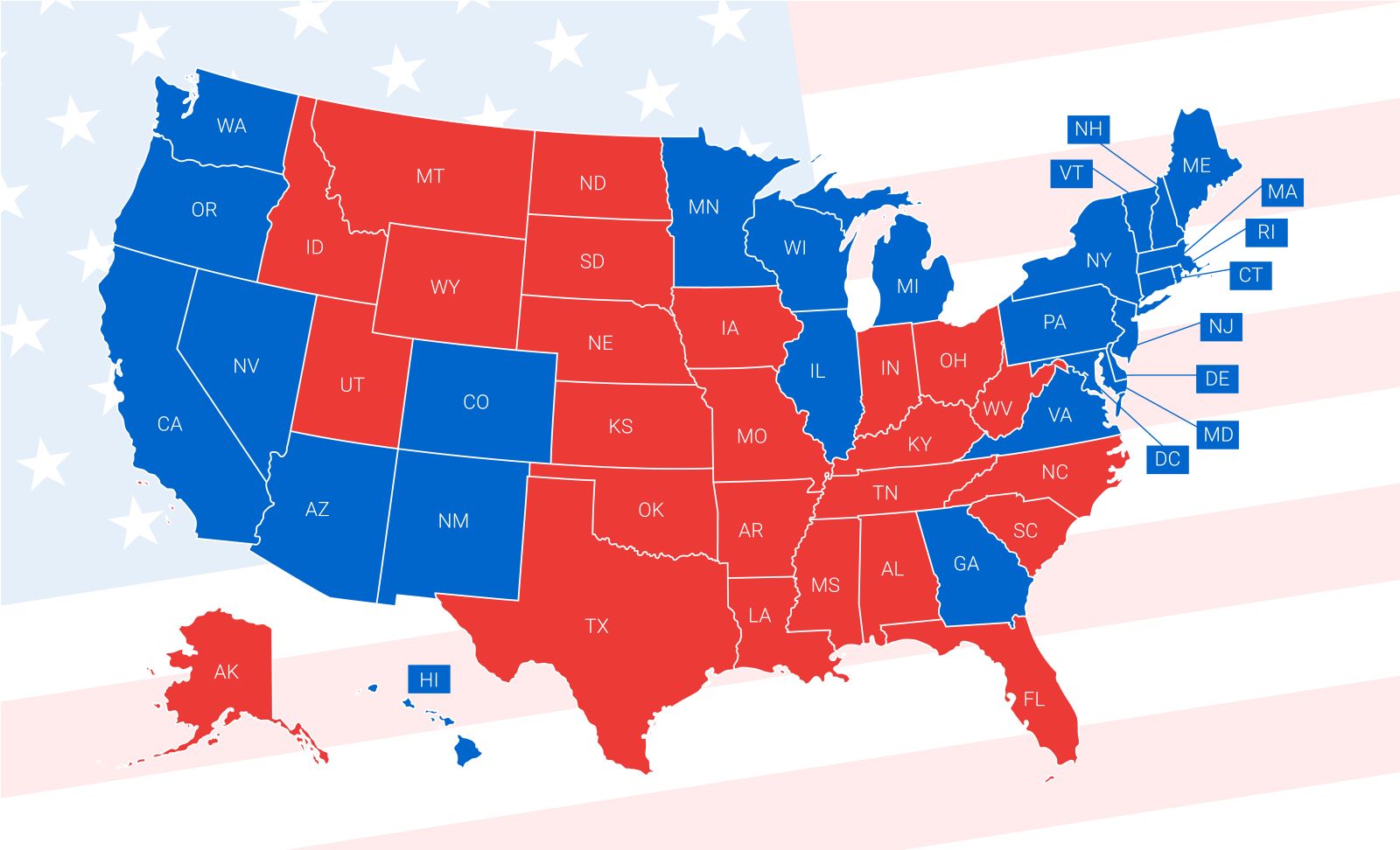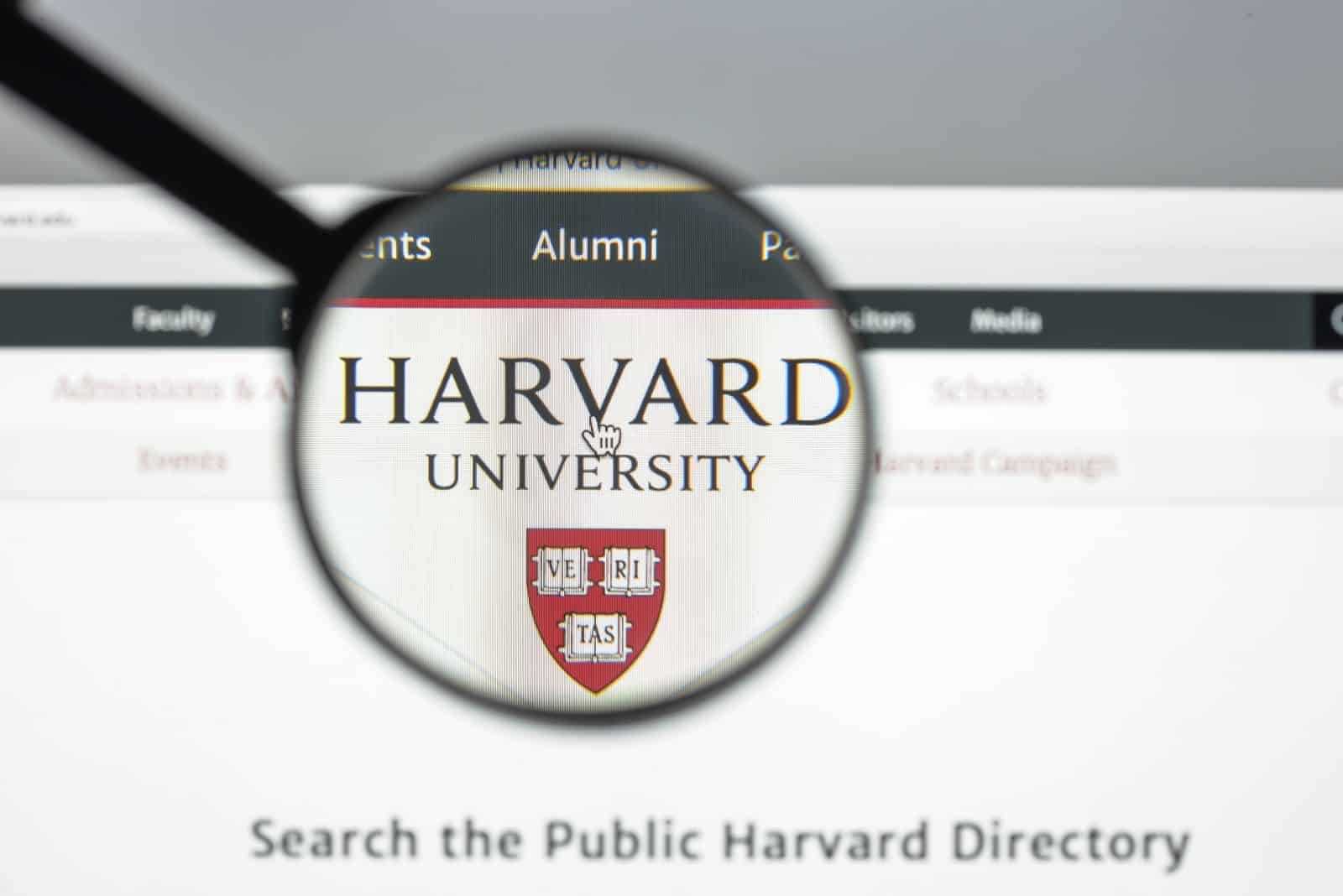The Massachusetts Institute of Technology (MIT) has announced that its latest freshman class is seriously lacking in diversity due to the Supreme Court’s decision to ban affirmative action in college admissions.
MIT: Leading STEM Education

Founded in 1861, the Massachusetts Institute of Technology (MIT) is one of the most respected universities in the country, thanks to unparalleled science, technology, engineering, and mathematics (STEM) programs.
STEM’s Exclusionary Culture

As one of the institutional leaders in STEM, MIT can help set the standards for the field as a whole, which is all the more important when considering how exclusionary this field can be.
Affirmative Action’s Role in STEM Diversity

Like many other fields, STEM has historically been dominated by white men and has, therefore, been ingrained with an exclusionary culture that has made it far more difficult for women and people of color to find success in the field.
Supreme Court Bans Affirmative Action

However, thanks to affirmative action efforts, MIT has been slowly addressing this issue by giving extra consideration to potential students coming from these marginalized communities.
Impact of Supreme Court Decision

Unfortunately, this is no longer the case because last year, the Supreme Court made a ruling to ban an applicant’s racial identity from being taken into consideration by universities during enrollment.
Significant Drop in Diversity

The effect of this decision can be plainly seen with the newest class of rising freshmen, which has significantly less diversity than classes seen in previous years.
Diversity Numbers Plummet

The data revealed from the school shows that an alarmingly low 16% of students in the Class of 2028 are Black, Hispanic, Native American, or Pacific Islander.
Comparison With Previous Classes

The effects of the Supreme Court decision then become obvious when this class’s 16% of students are compared to recent classes where 25% of the students were from marginalized communities.
STEM Diversity Progress Reversed

While 25% of the student body is still not a high number, STEM’s longstanding exclusionary history was slowly being chipped away until this Supreme Court decision against affirmative action.
MIT Dean of Admissions

MIT’s Dean of Admissions, Stu Schmill, has spoken out about the significant drop in diversity and said this was to be expected after the court’s decision.
National Impact of Court Ruling

A similar shift in student demographics can also be seen in universities across the country thanks to the Supreme Court’s 2023 ruling that race can no longer be a factor in college admissions.
Ruling Targeted Harvard and UNC

The ruling was specifically meant to target policies at Harvard and the University of North Carolina, but its effects are rippling out across all institutions in the country.
MIT’s Commitment to Diversity

However, Sally Kornbluth, MIT’s president, says the University will remain committed to supporting diversity in its student population by finding new methods to enroll such students.
MIT President on the Incoming Class

In her statement, Kornbluth acknowledged that the incoming class is still made up of great students, but “as a consequence of last year’s Supreme Court decision, [there is not] the same degree of broad racial and ethnic diversity that the MIT community has worked together to achieve over the past several decades.”
Arguments for Race-Conscious Admissions

Before the Supreme Court’s decision, MIT, alongside many other American institutions, argued that race-conscious admissions were necessary due to the racial inequalities in K-12 education, particularly in STEM fields.
Decrease in Black Student Enrollment

Despite these pleas from universities, the Supreme Court’s decision has led to a substantial decrease in Black student enrollment at MIT, dropping from 13% to just 5% in the Class of 2028.
Increase in Asian Student Enrollment

At the same time, Asian student enrollment has increased from 41% in last year’s freshman class to a massive 47%, thanks to the Supreme Court’s decision.
Praise for Supreme Court Ruling

However, Edward Blum, the founder of Students for Fair Admissions and the man behind the lawsuits against Harvard and UNC, is celebrating the court’s ruling and effect on College admissions.
“Merit-Based Admissions”

Blum said, “Every student admitted to the class of 2028 at MIT will know that they were accepted only based upon their outstanding academic and extracurricular achievements, not the color of their skin.”
21 Ignorant Lies About Americans the Rest of the World Claims Are True

Americans are often the subject of wild assumptions and exaggerated stereotypes. Are these misconceptions affecting how the world views the average American? 21 Ignorant Lies About Americans the Rest of the World Claims Are True
Flawed Gender Tests: Olympic Committee Sends Plea to Boxing Officials

The International Olympic Committee has declared old boxing gender tests as flawed and illegitimate. This has arisen amid discussions regarding gender in Olympic female boxing matches. Flawed Gender Tests: Olympic Committee Sends Plea to Boxing Officials
Social Security Sham: 18 States Slashing Benefits

When you think about retiring, you might picture relaxing and traveling during your golden years. Social Security benefits help with this, but taxes can change depending on where you live. In some states, you might end up paying more taxes on your benefits. Let’s check out the 18 states where retirees face higher taxes on their Social Security benefits. It’s important to know so you can plan ahead and make the most of your retirement savings. Social Security Sham: 18 States Slashing Benefits
Featured Image Credit: Shutterstock / Diego Grandi.
The images used are for illustrative purposes only and may not represent the actual people or places mentioned in the article.

